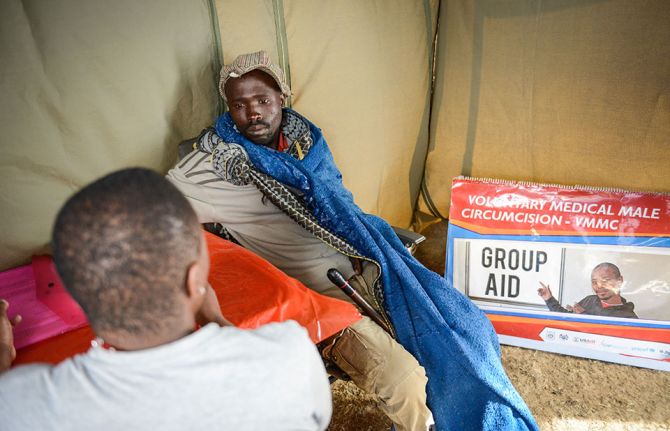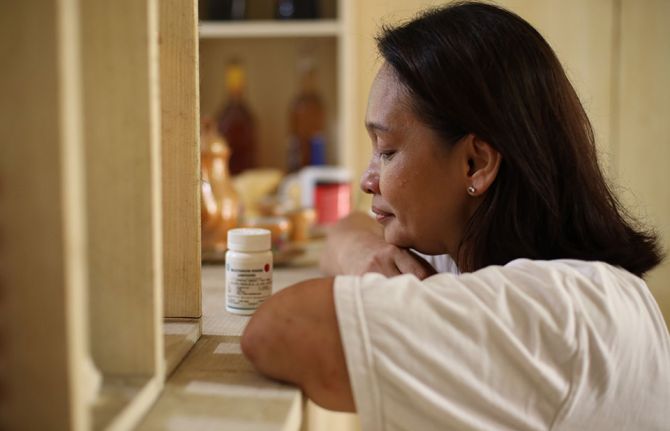

Feature Story
We are off track to meet the 2020 targets on the number of voluntary medical male circumcisions
01 February 2021
01 February 2021 01 February 2021Voluntary medical male circumcision provides lifelong partial protection against female-to- male HIV transmission, reducing heterosexual male vulnerability to HIV infection by approximately 60%.
Voluntary medical male circumcision can also act as an entry point for providing adolescents 15 years and older and adult men in settings with generalized epidemics with broader health packages to improve their health outcomes. When combined with high levels of treatment coverage and viral suppression, evidence shows that the impact of voluntary medical male circumcision is particularly significant.
However, annual circumcisions in the 15 priority countries have remained relatively stable since 2017, falling short of the annual amounts needed to reach the 2020 target of 25 million additional circumcisions since the beginning of 2016.



